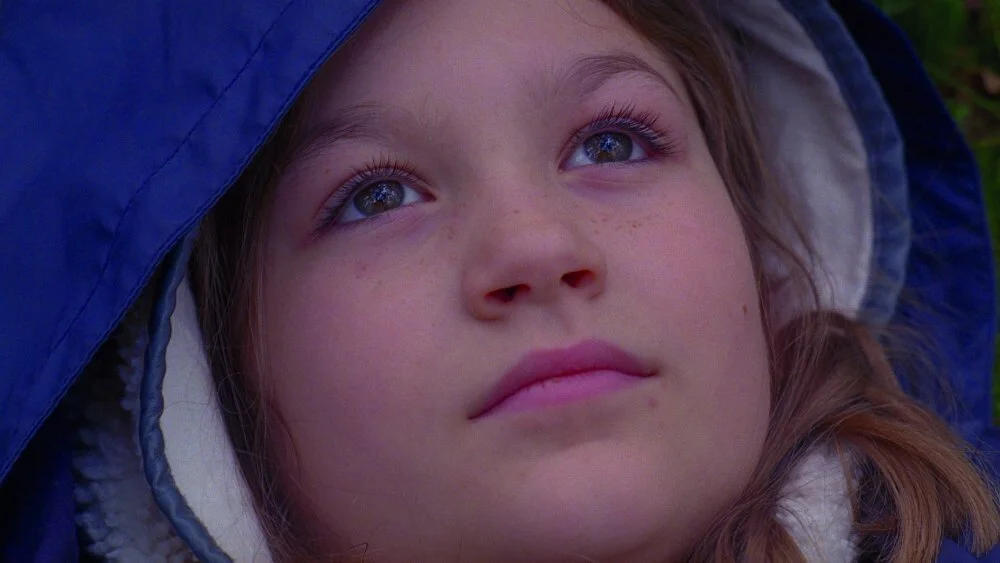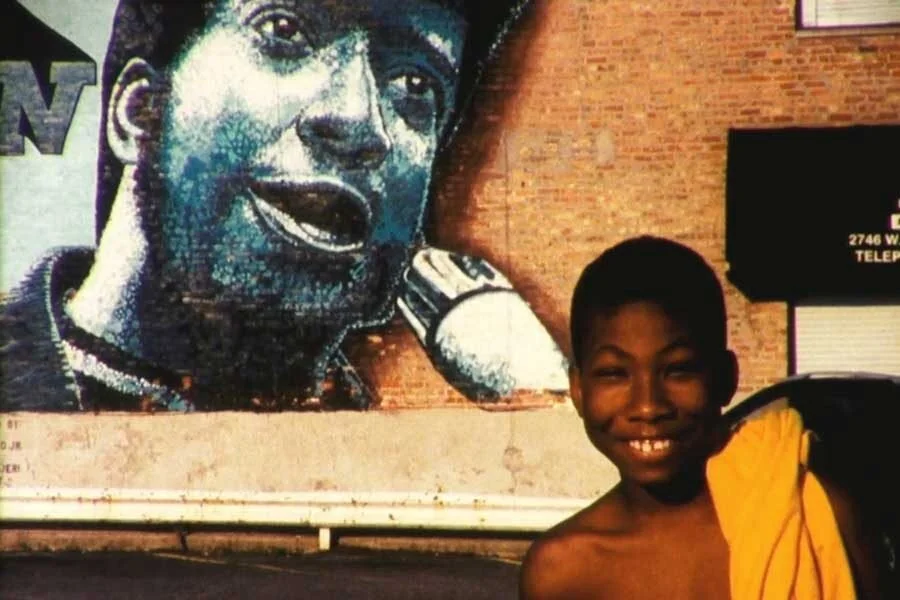Out of Frame
Eglantine (Margaret Salmon, 2016)
How worn and dusty, then, must be the highways of the world, how deep the ruts of tradition and conformity!
— Henry David Thoreau, Walden
In the latter part of 2016 there were a couple of articles shared online that caused me to think a lot about my movie-watching habits.
The first was a fantastic piece that appeared in issue 7 of the online film journal, LOLA. It is called Two Dollar Movie and involves editor Adrian Martin asking sixty friends and associates from across film, art and literature to watch a previously unseen and unknown film that cost $2 (or an equivalently small sum) and write about the experience. It could be a forgotten film by a familiar director, or something utterly new. What mattered more than critical engagement with the standalone text was the very nature of discovery.
In his introduction, Martin writes:
The elements of surprise and strangeness are crucial to this project of encounter. We live in a time when, thanks especially to the Internet, ‘consensus canons’ invade every corner of film culture, from commercial releases to ‘niche cults’, from film festival fare to academic curricula.
Perusing the feature had an immediately inspirational effect. It reminded me of the joy of seeing something totally knew and relatively blind — something that has become increasingly difficult in an online film community as guilty of being an echo chamber as any other area of online life. It brought to the forefront the exhilaration I experienced during last year’s London Film Festival when I was primarily covering the Experimenta programme and saw films regardless of what they were and without much research. In particular, I have remained besotted with Margaret Salmon’s meditative Eglantine about which I knew precisely nothing (not even the meaning of the title) before watching.
These memories, and Adrian Martin’s call to arms were brought into sharp relief at the publication of the second article, Sight & Sound’s best films of 2016 list to which I was generously asked to contribute. It got my juices flowing for two reasons. One was that — despite hardly being a contrarian by nature — four of the five films I selected as my favourites of 2016 appeared in the 25 film list picked by over 150 international critics and curators. On one hand, I was delighted to see my favourite films of the year being given such a platform and I wish every success to those filmmakers. On the other hand, it led me to question my own frame of reference especially when re-reading the above excerpt from Two Dollar Movies about ‘consensus canons’. How easy it is to slip into the trap of rushing, at the end of the year, to see all the things that everyone else is talking about so you’re not excluded. How easy to forgot those random titles you stumbled across online or at a festival and bookmarked to seek out later, consigned to the Memory Dump because they’re not being shouted about by anyone else.
The Illinois Parables (Deborah Stratman, 2016)
The second reason that the Sight & Sound list got me thinking was due to the lashings of outrage flung its way on social media because the majority of films on the list are yet to be released theatrically in the UK. (Of my own selections, the four previously mentioned were seen at festivals and will be released in the UK in 2017.) I discussed this outrage with several people online as it seemed to me that any list of this kind was only worth its salt as a signpost to recommended future viewing. This is how I always seek to use such lists. It struck me that what a lot of those angry commentators really wanted was a sense of validation about their own favourites of the year. Regardless, what became apparent in the debates that followed the publication of the list was that a lot of people — and this is not a reference to the casual moviegoer, but to ardent cinephiles — have their viewing habits dictated almost entirely by the financial imperatives of distributors. It’s becoming easier and easier to forget those films that never got a release through traditional methods, even in a world in which old release models are slowly crumbling.
The fifth film in my selection was a wonderful, challenging essay documentary called The Illinois Parables which I saw in the Experimenta strand at LFF. I saw the majority of features in that programme and was floored by the quality on show. There was work that set my brain alight, that moved me deeply, and that — much like The Illinois Parables — is unlikely to ever be picked up by a distributor. It’s precisely the kind of work that needs champions in the critical community. It’s precisely the kind of work that I would want to see recommended in the pages of a magazine like Sight & Sound. And it’s precisely the kind of work that I would want to write about discovering in Adrian Martin’s Two Dollar Movie (edit: as Annabel Brady-Brown in fact did).
And so here we are. My New Year’s Resolution is to embark on my own Two Dollar Movie-style challenge. To take a walk on the less prescribed side in 2017. To go off map every so often. To explore ‘Out of Frame’. There are no rules. I might write about my discoveries from time to time, I may not - they might be films you’ve seen, heard of, or neither. They might be famous films, or forgotten films, or overlooked films. The purpose of this post is purely to galvanise my own exploration, convey my love of discovery and, maybe, rekindle a little bit of yours.
Happy rummaging.

